goodguy
Been spending a lot of time on here!
- Joined
- Dec 5, 2012
- Messages
- 5,555
- Reaction score
- 1,121
- Location
- Toronto Canada
- Can others edit my Photos
- Photos OK to edit
I have a question about a problem which I am struggling with for a long time.
I find in closed spaces with limiting lighting sometimes my camera will give me bad results.
I will try to explain the best way I can, this problem follows me from my D7000 through the D7100 and now the D750 so I am sure its not a gear problem but either lighting issue or my technique.
For an example I shot in my sons graduation, the next day my daughter graduation and few days later in a friends wedding and I was not allowed to use flash.
Results were in many shots the same, reddish picture, not focused and very grainy.
Its not that there wasn't enough lighting, the ISO went from 2800ISO to 10000ISO depends of the area I shot but even at 2800ISO the picture was not focused and very grainy.
I used either my 24-70mm or 70-200mm and it wasn't a camera shake.
My assumption is............
1.Camera struggles to lock focus for some reason
2.Camera locks focus but in camera NR is very aggressive thus the soft images
With the D750 pictures are less grainy but just as soft as it was with the other DX cameras.
Also picture not as red as with the DX cameras but still more red then it should be.
I shoot with AWB and I know I should change it to counter the red issue but the truth is that the red I can correct in post processing and even the gain isn't such a huge deal but the picture softness is killing my shots.
Here is an example

I find in closed spaces with limiting lighting sometimes my camera will give me bad results.
I will try to explain the best way I can, this problem follows me from my D7000 through the D7100 and now the D750 so I am sure its not a gear problem but either lighting issue or my technique.
For an example I shot in my sons graduation, the next day my daughter graduation and few days later in a friends wedding and I was not allowed to use flash.
Results were in many shots the same, reddish picture, not focused and very grainy.
Its not that there wasn't enough lighting, the ISO went from 2800ISO to 10000ISO depends of the area I shot but even at 2800ISO the picture was not focused and very grainy.
I used either my 24-70mm or 70-200mm and it wasn't a camera shake.
My assumption is............
1.Camera struggles to lock focus for some reason
2.Camera locks focus but in camera NR is very aggressive thus the soft images
With the D750 pictures are less grainy but just as soft as it was with the other DX cameras.
Also picture not as red as with the DX cameras but still more red then it should be.
I shoot with AWB and I know I should change it to counter the red issue but the truth is that the red I can correct in post processing and even the gain isn't such a huge deal but the picture softness is killing my shots.
Here is an example



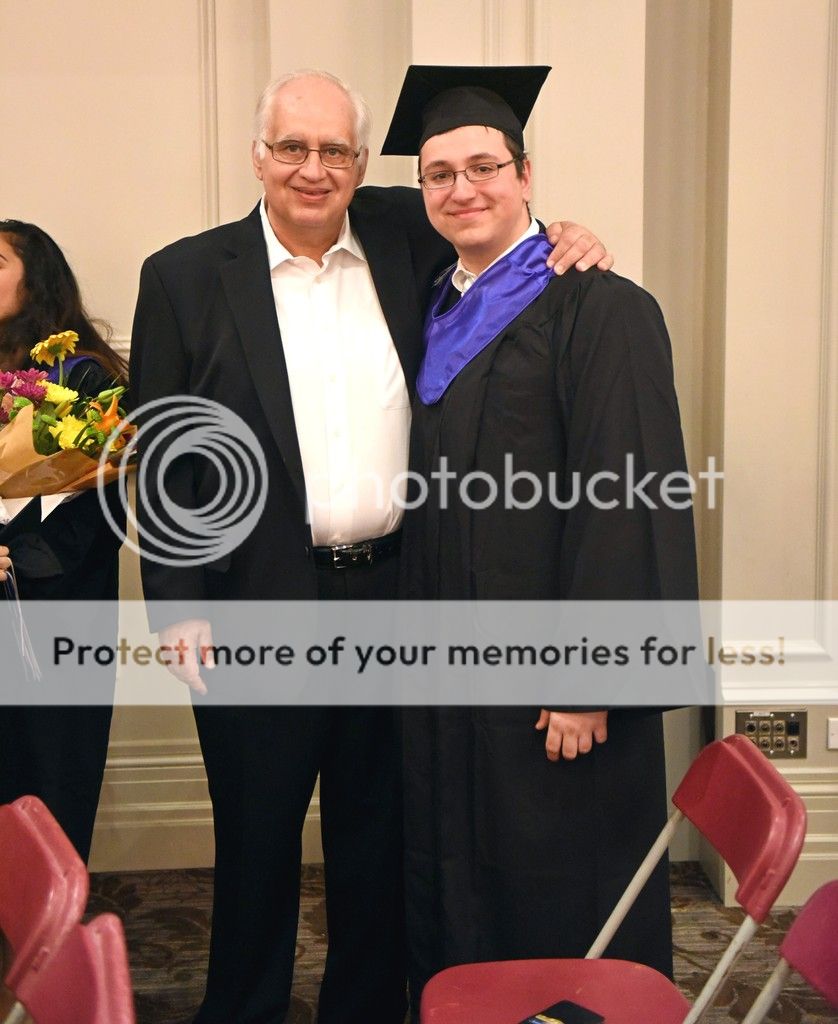



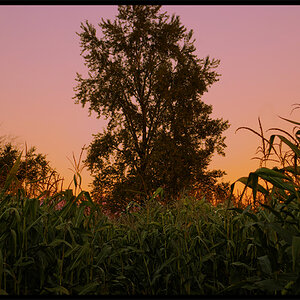
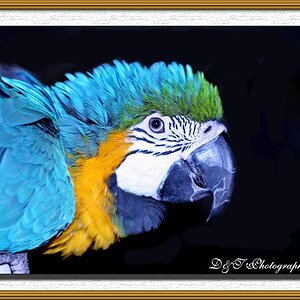

![[No title]](/data/xfmg/thumbnail/30/30873-79f4c5bc298110a994e9eed027728db8.jpg?1619734490)
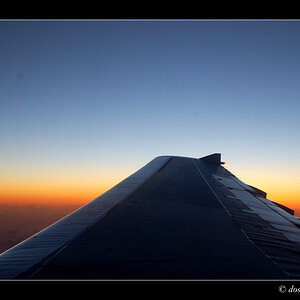
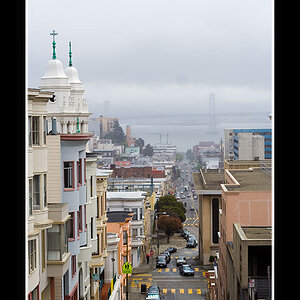

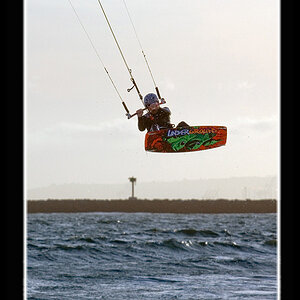

![[No title]](/data/xfmg/thumbnail/41/41492-467958db3420bceb7ab410a12dcc681f.jpg?1619739819)